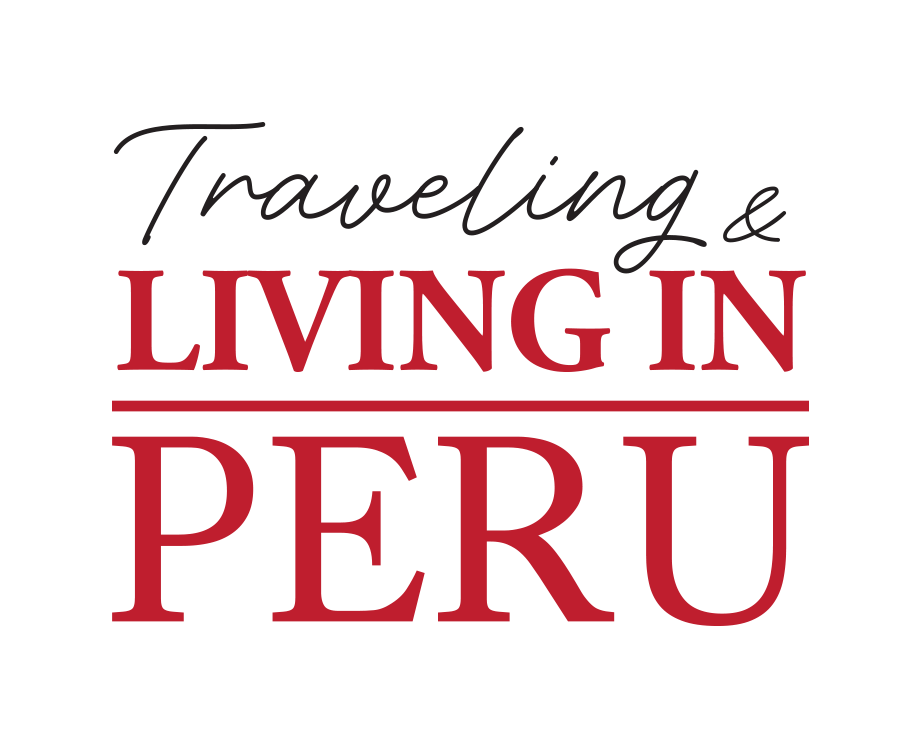You’ve booked your international flight to Peru and secured your entrance tickets to the Inca citadel, but how to get to Machu Picchu? Here’s a step-by-step guide.
Machu Picchu has been deemed the top tourist destination in the world numerous times over by international publications and travelers alike. Not bad for a 15th century citadel strategically located up a steep climb of 2,430 masl. And though hundreds of thousands of travelers visit this sacred site each year, the logistics involved in arriving may be surprising. Here’s a guide on how to get to Machu Picchu.
How to get to Machu Picchu from Lima
Currently, all international flights to Peru are directed to the capital city of Lima. Once in Lima, travelers need to hop on a connecting flight to the city of Cusco, approximately 355 miles south. Though flight time is less than two hours, passengers will go from near sea level in Lima (154 meters) to an altitude of 3,400 meters in the Imperial City. Take things nice and slow upon arriving so as to avoid soroche (altitude sickness).
Intrepid tourists (and those rich in time) may opt to travel from Lima to Cusco by car or bus to experience a more scenic route. Many national bus companies take a winding, 22-hour route to Cusco via Nazca and Abancay; with popular bus company Peru Hop, the commute is 29 hours as various stops are made along the way.
Here’s a detailed guide to traveling to Cusco from Lima.
How to get to Machu Picchu from Cusco
Unbeknownst to many international travelers, stepping off the plane in Cusco city will not put you at the base of Machu Picchu.
Once you arrive to Cusco by way of Lima (or any other destination in Peru), your next stop will be Aguas Calientes. Also known as Machu Picchu Pueblo, this small town is located near the foot of Machu Picchu. But how to get there?
While treks like Inca Trail and Salkantay Trail are world-renowned among adventurists, they’re not for everyone. (In the case that trekking is for you, be sure to check out The Best Routes to Machu Picchu.) For time-restricted travelers and young families, the easiest and quickest option is to go from Cusco to Machu Picchu directly by train.
However, if time permits, we recommend to take a bus to Ollantaytambo or Urubamba in the Sacred Valley. Once in these towns, spend a day or two exploring and acclimatizing to the altitude before hopping on a train from Ollantaytambo to the Inca citadel.

Directly by train
If you planned a quick getaway to Peru or are in the company of restless companions (of any age), you’re probably looking to arrive to your final destination with the least amount of hassle. We’ve created an Ultimate Guide to Trains to Machu Picchu, but here’s a general run down:
There are two national companies offering train rides to Machu Picchu from Cusco city: PeruRail and Inca Rail. For a truly luxurious ride, you’ll want to opt for PeruRail’s Belmond Hiram Bingham train or Inca Rail’s The First Class service. Both companies offer various types of wagons to suit different budgets.
These competing companies continue to up the passenger experience—including the window size. PeruRail offers panoramic views on their Vistadome service, while Inca Rail plays second fiddle with the 360° train service (with a lookout that is still incredible.)
Just blocks from the main plaza in Cusco, the San Pedro station is the nearest departure point available for new arrivals to the city.
The next closest station, Poroy, is a 35-minute taxi ride from the Cusco airport and is used by both train companies. Train rides from the San Pedro or Poroy stations to Aguas Calientes are between 3-4 hours and pass through exceptionally picturesque landscapes.
Note: No matter which company you select or train station you choose to depart from, tickets should be bought months in advance.
By bus and train
To really experience the Land of the Incas, travelers should take a bus or taxi to Ollantaytambo or Urubamba and spend a day or two exploring the area.
Cradled between rolling green hills, the quaint towns of the Sacred Valley are a welcome respite from the high elevation of Cusco city. Luxurious stays can be had in both Urubamba and Ollantaytambo (such as Inkaterra Hacienda Urubamba and Aranwa in Ollantaytambo), as can charming options, both old and new (Higuspucro in Urubamba and El Albergue in Ollantaytambo).

To get to Ollantaytambo or Urubamba by bus, head to the intersection of Avenida Grau with Calle Pavitos, just minutes from Cusco’s Alejandro Velasco Astete airport. From here, large white vans (better known as colectivos) offer rides to the Valley throughout the day (and at no set schedule). Passing through Pisac, rides to Ollantaytambo and Urubamba run under two hours and will set you back S/10-15. In comparison, a taxi can charge anywhere from S/80-100.
Test out our list of the best cafes in the Sacred Valley, visit lesser-known Inca sites and relish in the fresh air. Once you’re ready to continue on your way to Machu Picchu, head to the train station in Ollantaytambo (a 30-minute taxi ride from Urubamba). This train ride will last 1.5 hours.
From Aguas Calientes to Machu Picchu
The final stop for trains to Machu Picchu is Aguas Calientes. Also referred to as Machu Picchu Pueblo, this quaint town was named after the thermal springs nearby. From here you’ll board a shuttle bus to complete the journey to the sacred mountain.
The ride takes about 35-45 minutes and will drop tourists off just meters from the citadel’s entrance. Buses depart as early as 5:30am, and Machu Picchu closes at 6pm. The least crowded time of day atop the archaeological site tends to be in the afternoon. Our recommendation: hop on a shuttle around 2:30pm when the morning rush has ended.
Note: Be sure to secure your entrance ticket to Machu Picchu at least a few months in advance.
Cover photo: LoggaWiggler/Pixabay


